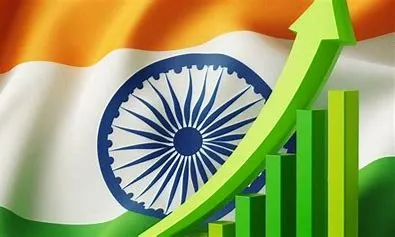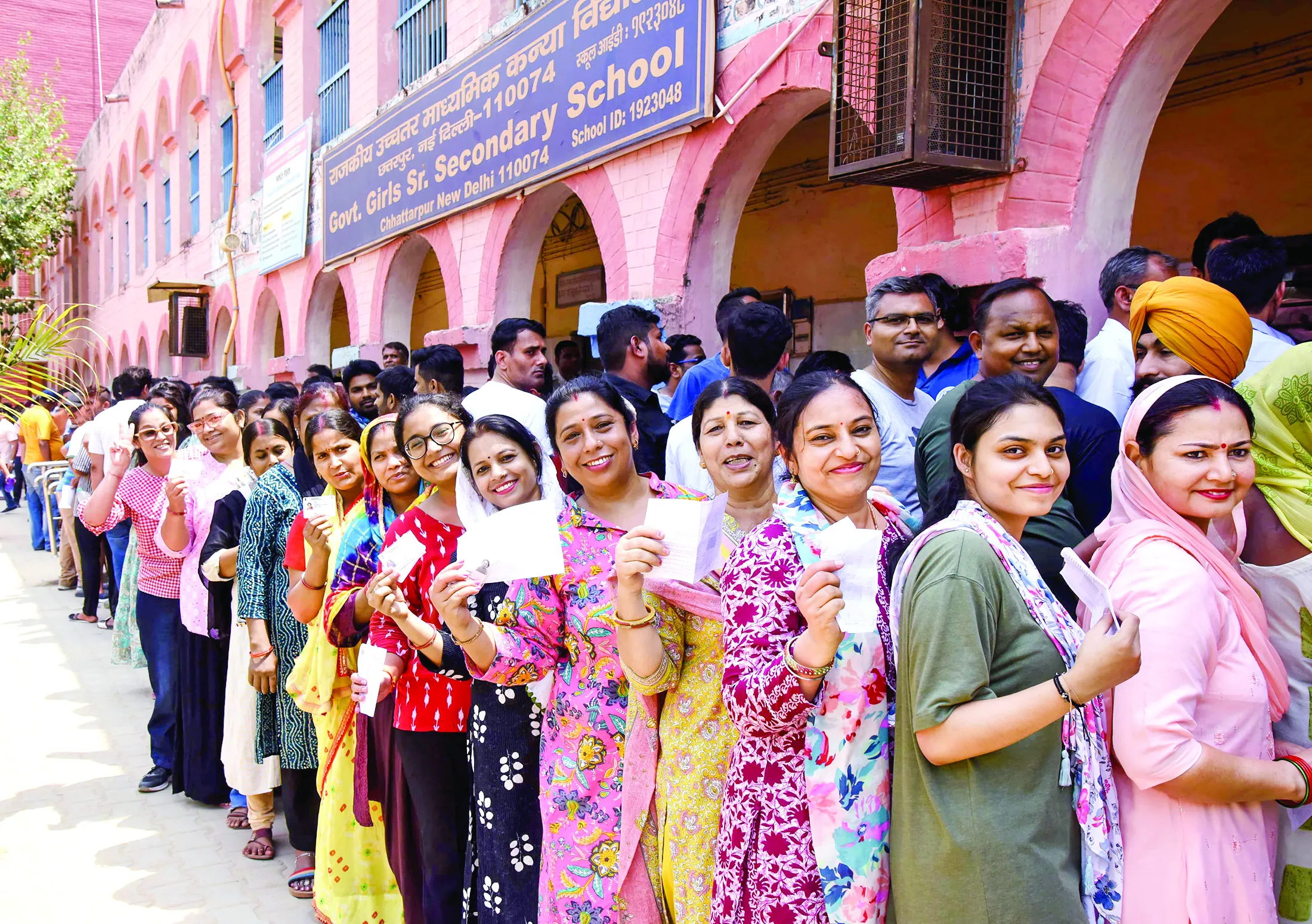India and Nepal share more than just 1,850-kilometre open border. These two nations are intertwined by threads of culture, history, and spirituality that transcend political boundaries, creating a unique and enduring relationship. This connection, rooted in shared traditions, values, and beliefs, continues to be a testament to the power of cultural harmony in fostering bilateral ties.
A Borderless Brotherhood
Five Indian states—Sikkim, West Bengal, Bihar, Uttar Pradesh, and Uttarakhand—share borders with Nepal, but the bond goes far deeper than geography. For centuries, the open border has been a symbol of trust, facilitating seamless interactions and exchanges. This frontier without restriction is not just a testament to mutual understanding but also a living example of how shared heritage binds two nations together.
The open border allows for the free movement of people, fostering an unparalleled level of interaction. Festivals like Dashain, Tihar, Chhath, and Holi are celebrated with equal fervour on both sides, emphasising the shared cultural ethos. Families straddle borders, languages overlap, and cuisines intermingle, creating a mosaic of unity that is both vibrant and organic.
Cultural and Spiritual Connections
The shared cultural history of India and Nepal is rich and profound. Both nations are deeply rooted in Hinduism and Buddhism, with iconic spiritual landmarks such as Lumbini, the birthplace of Lord Buddha, and Pashupatinath Temple in Kathmandu forming an integral part of this bond.
The shared reverence for the Ramayana and the stories of Lord Shiva strengthens the ties further. The pilgrim routes that connect the Char Dham in India with the Muktinath in Nepal are a testament to the seamless blending of spiritual journeys between the two nations.
Language, too, plays a pivotal role in this connection. Hindi, Maithili, Bhojpuri, and Awadhi are widely spoken on both sides of the border, ensuring that communication and cultural exchange remain effortless. These linguistic links enhance the sense of unity and belonging between the people of India and Nepal.
India’s Initiatives: Nurturing Bonds Through Culture
India has consistently worked to strengthen these ties through initiatives that celebrate and promote cultural and people-to-people connections:
Cultural Programs and Festivals: The Government of India organises cultural events in Nepal, celebrating the shared heritage through music, dance, and art. For instance, the Azadi Ka Amrit Mahotsav in 2022 saw enthusiastic participation from Nepal, showcasing how shared celebrations can deepen bonds.
Academic and Literary Exchanges: Conferences in Hindi and Sanskrit, along with symposia on shared histories and traditions, have brought scholars and academicians together to explore the depth of India-Nepal relations.
Youth and Start-up Engagement: Development conclaves and start-up events have introduced the next generation to collaborative opportunities, fostering an environment of mutual growth and innovation.
The Unique Fabric of Bilateral Relations
The relationship between India and Nepal is much more than a series of treaties and agreements. It is an organic bond shaped by centuries of interaction. The principles of peaceful coexistence, sovereign equality, and mutual respect form the cornerstone of this partnership.
Nepal has consistently demonstrated its commitment to fostering cordial ties by ensuring that its territory is not misused for activities inimical to India’s interests. In return, India has extended unwavering support, recognising Nepal as an invaluable neighbour and partner in the region.
A Shared Future Rooted in a Shared Past
The deep-rooted people-to-people ties between India and Nepal are a shining example of how culture can serve as the strongest bridge between nations. In an era where borders often divide, the India-Nepal relationship stands as a beacon of unity, underscoring the power of shared history, values, and traditions.
As we look to the future, this cultural symbiosis will remain the bedrock of bilateral relations, ensuring that India and Nepal continue to thrive together as neighbours, partners, and, above all, family.
Kamana Magar, Operative Director, and Sumit Kaushik, Visiting Fellow at the Asian Institute of Diplomacy and International Affairs (AIDIA).























